Long live cruciferous vegetables! There is possibly no family of veggies greater than the Brassicacea in nutrition, fiber, and diversity of flavor. Boasting over two dozen varieties in it’s class, these are friends to keep on hand in the kitchen for creative dishes and lifelong health.
What makes these leafy greens so healthy?
Cruciferous vegetables come in all shapes, sizes, and flavors but share characteristics of pungent aroma and somewhat bitter or piquant taste. Check out the following list of super-veggies that all share the same Brassicacea classification:
- Arugula,
- Bok choy
- Broccoli
- Brussels sprouts
- Cabbage
- Cauliflower
- Chinese cabbage
- Collard greens
- Daikon radish
- Horseradish
- Kale
- Kohlrabi
- Mustard greens
- Radish
- Rutabaga
- Turnip
- Watercress.
This powerhouse family of vegetables are loaded with active compounds and nutrients that are frequently touted for their anticancer effects. Rich in carotenoids, folate, Vitamin C, E, and K, they are perhaps the most nutritionally dense family of vegetables you can eat.
Brassicas are known to… protect cells from free radicals, have outstanding antibacterial and anti-inflammatory effects on the immune system AND help inactivate exposure to carcinogens in the environment. How’s that for an autobiography?
So, OK, they’re good for us… but do they taste good?
Is the Pope Catholic?! Of course they taste good! Brassicas have gotten a bad rap over the years with poor preparation in our parents’ and grandparents’ kitchens – I can conjure a few memories of stinky cooked cabbage, overcooked broccoli that took on a yellow hue at the dinner table. With proper preparation and a really great recipe, I’d wager they’ll be your new favorite thing to cook with in 2015.
Here are 10 tasty ways to prep these powerhouse veggies!
Cruciferous vegetables can be roasted, steamed, grilled, pickled, or shaved raw for optimal flavor and enjoyment. Even a slight blanch (like Ashley did in making this Simple Homemade Kale Pesto) can help take the edge off the tough, bitterness of the raw vegetable. Blanching is a cooking process wherein the food substance, usually a vegetable or fruit, is plunged into boiling water, removed after a brief, timed interval, and finally plunged into iced water or placed under cold running water (shocking (cooking) or refreshing) to halt the cooking process.
Take a look at how Craftsy contributors love to prepare their favorite cruciferous veggies:

1. Butternut Squash Gnocchi Gratin With Kale and Gruyère


3. Brussels Sprouts Salad with Red Onion and Pecorino
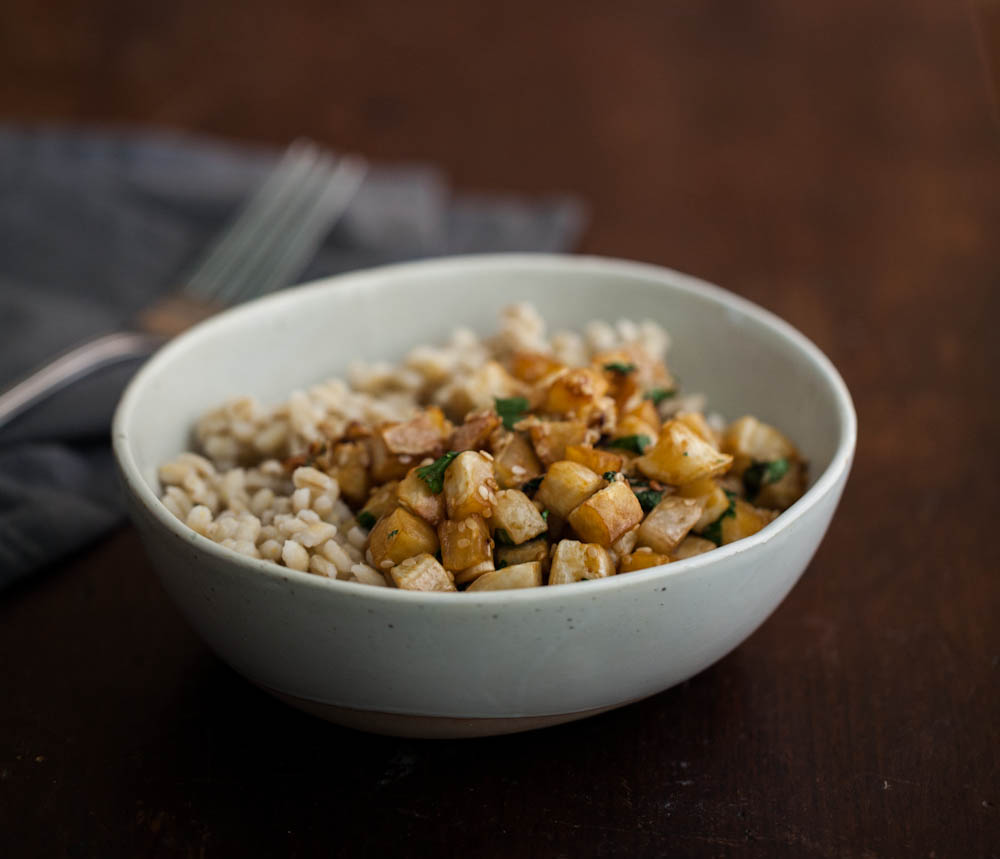
4. Sesame Roasted Turnips and Barley
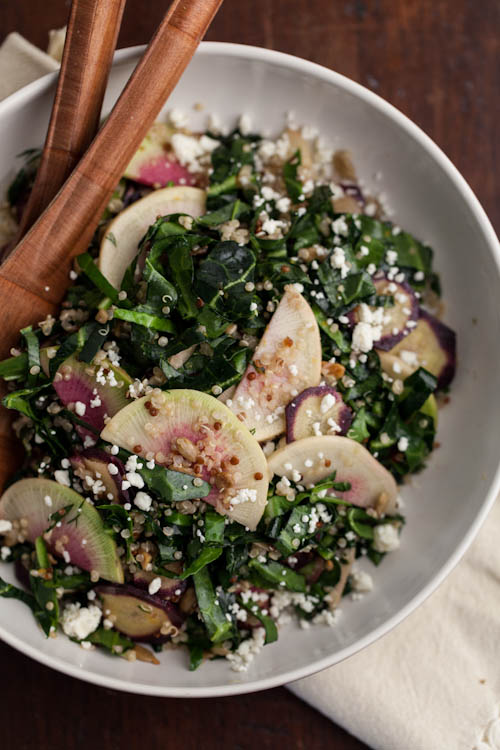
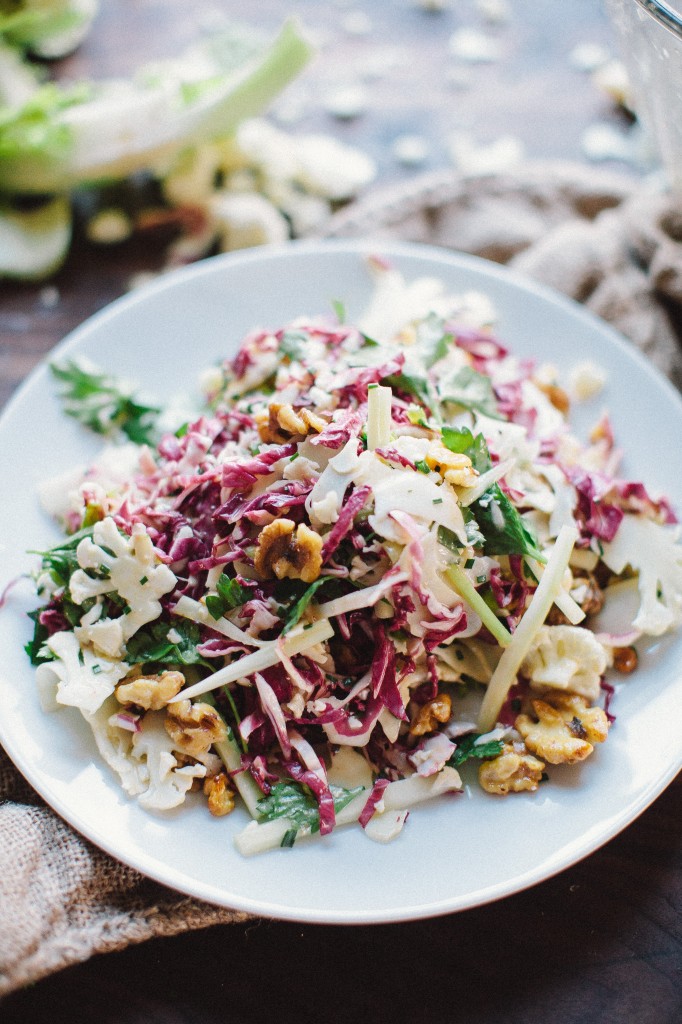

7. Nori Rolls with Wasabi Edamame Spread
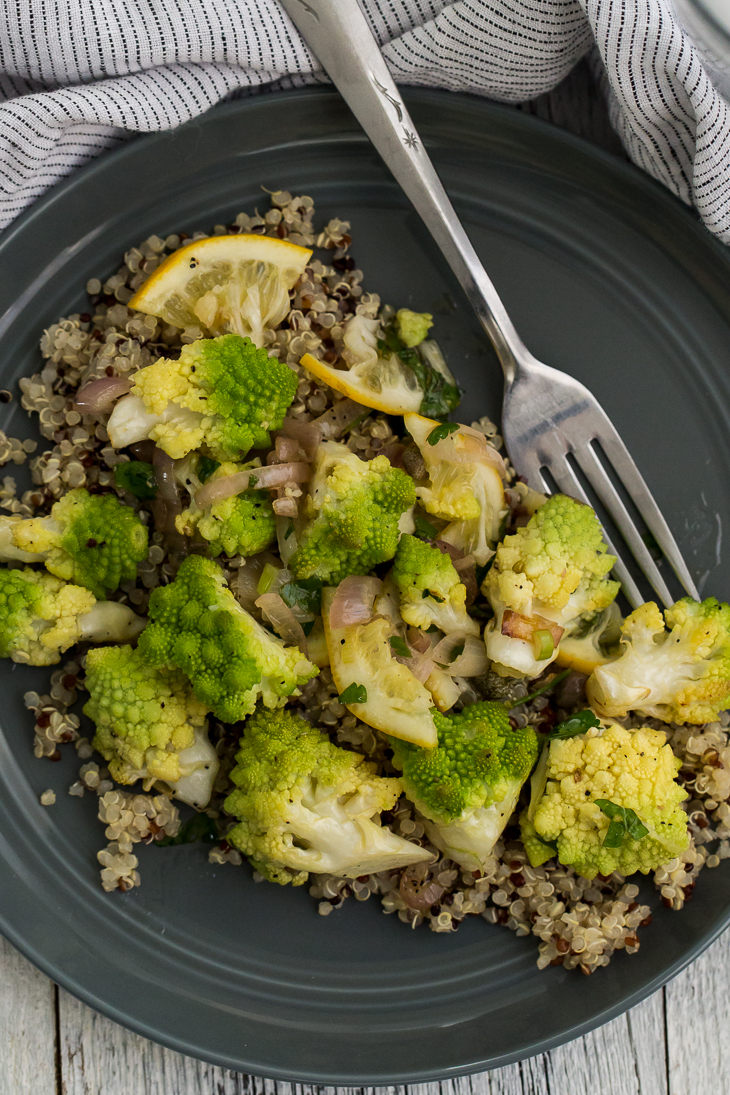
8. Roasted Romanesco with Meyer Lemon Salsa

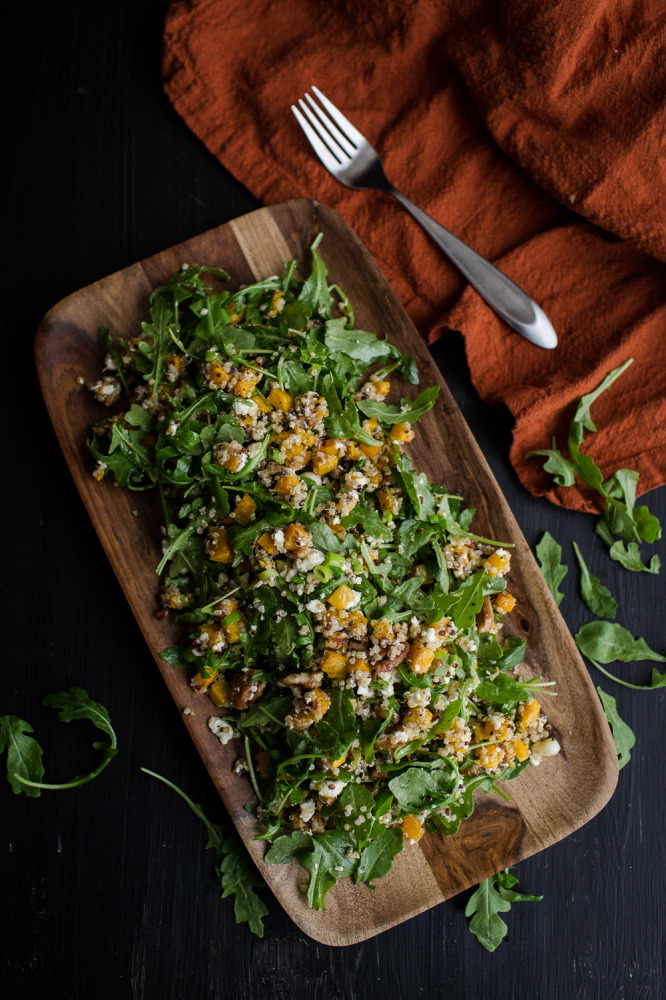

Share tips, start a discussion or ask one of our experts or other students a question.
No Responses to “Brassicas! 10 Tasty Recipes for Cooking Green Leafy Vegetables”